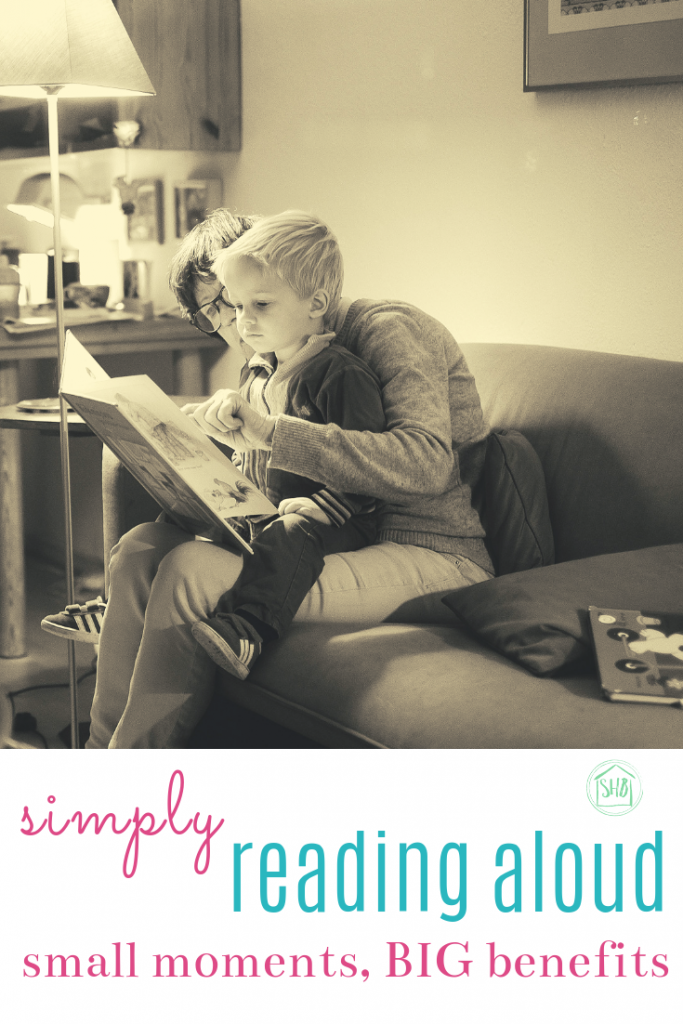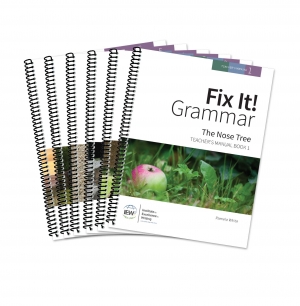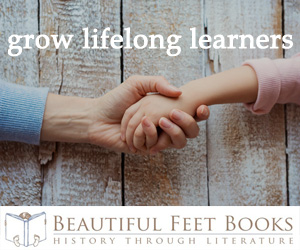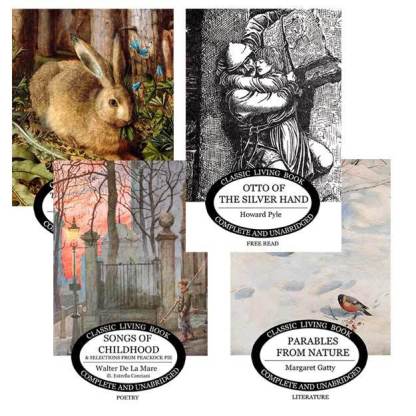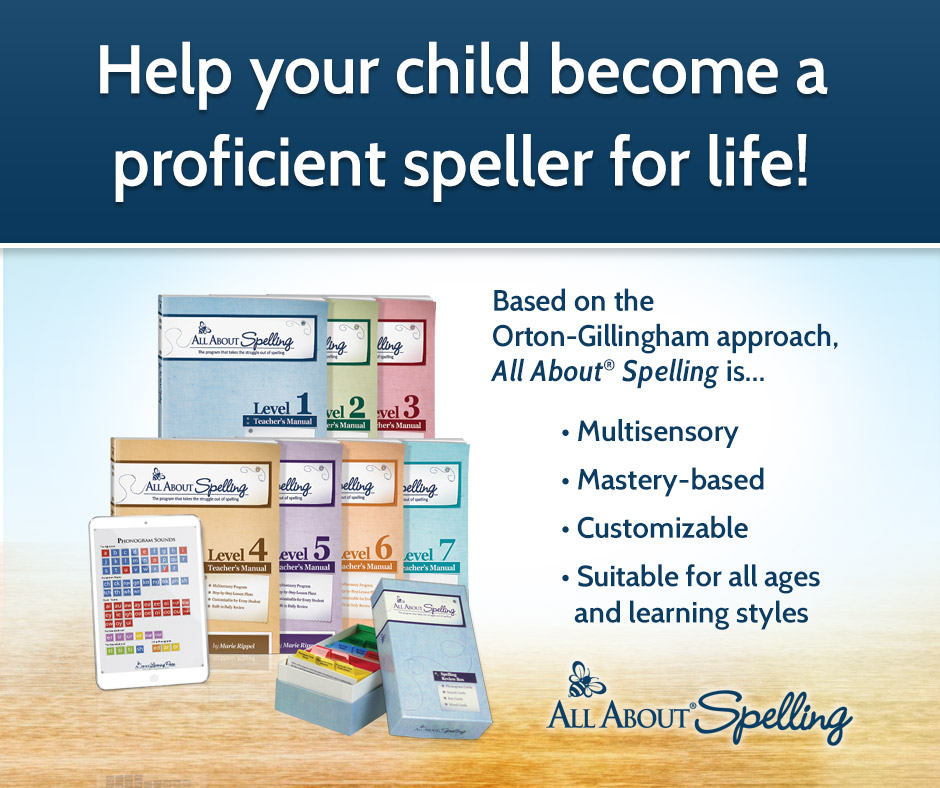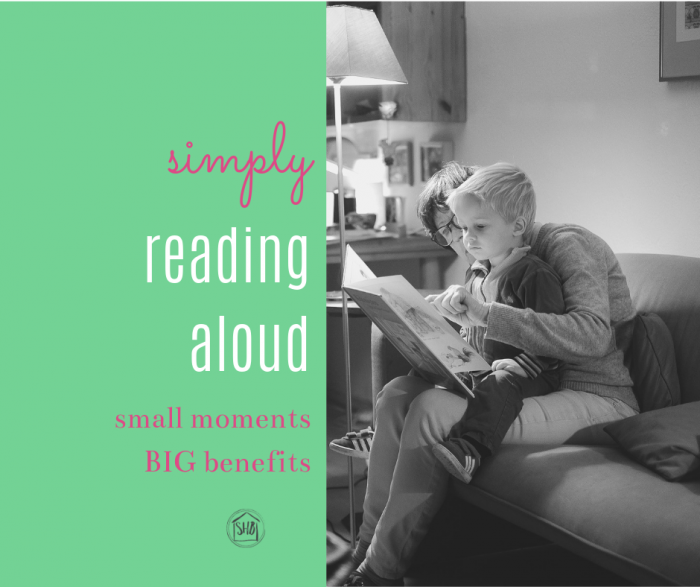
Our regular readers will likely remember we are quite the book-loving family around here. Back before we had kids, my husband and I actually started a book blog. We had a fun time talking about the words of others using words of our own. Then we became parents and reading for ourselves is a bit more sporadic. I still crave the joy of a book so well-written it demands I stay awake turning pages (old-fashioned or digital) until the wee hours of the morning. Those joys are just fewer and more distant between them than they used to be.
In the meantime, we have discovered the joy of short, sweetly penned books which resonate with us because of contagious rhyming structures or delightful interactions. We have become picture book loving people.
Thankfully, through these simple books somehow we have turned our little ones into lovers of books, too.
This post may include affiliate links. If you click and make a purchase based on my recommendation, I get a small remuneration at no extra expense to you. I only recommend things I use and believe to be a blessing.
As we got ready to embark on the homeschooling journey, I struggled with the reading “curriculum” we would do with G more than any other choice. I didn’t worry about teaching her to read. She took care of that for me. Rather, the problem was keeping her love of reading in tact as we worked through what I know she needs to understand for later pursuits like spelling and writing. Finding ways to feed the fire she has in her heart and mind for reading words.
Though I don’t have it all figured out, I have decided to create a sort of literature-based schooling for her. One in which books are often opened and examined. Where books are windows into new avenues of discovery, like math and science, history and art. And though we are still very early in her formal schooling, I have noticed there are many benefits of the simple habit of reading aloud to our kids from a very early age. Here’s a few of the things I have noticed:
Early Reading
Though I know learning to read is a milestone which children reach at different ages, I am truly surprised by how many of the building blocks of reading are laid down in early years of reading aloud to our kids. From the very earliest times of sitting on a lap, cuddled up with a blanket and a book, kids start to see important things about reading. They see: which way we hold a book, how we read from right to left and top to bottom. They see the letters on the paper form the structure for what they hear. By simply turning a page, they discover new worlds.
As they get just a little bit older, they start to recognize individual letters on their own. They see the connection between what they hear and the letters they see on the page.
Then, one day, a spark of magic happens! They start to read!
I am convinced our girl taught herself to read just before her fourth birthday because of these building blocks. We never set out to teach her to read at that early of an age. Instead, we simply sat and read with her every day. I assume our sessions of reading aloud developed in her a love of words that caused her to want to decode the letters herself.
She progressed through the early reading stages: creating her own stories using books, retelling memorized stories, and then finally started to read the actual words. As she hit each of these stages, one thing was clear: she LOVED books! I don’t think she would have developed her love for books if we had not surrounded her with books and demonstrated to her the importance of reading. The most important thing we taught her by reading aloud with her was that books are treasures. We showed her that time with a book is time well spent.
The goal of our reading aloud to our children is not to make them learn to read for themselves early. The goal of our reading aloud is to develop in them a passion for books that make them “early readers.”
Update on my Early Readers
As I update this post three years later, we have two more into the fold of “readers.” W, my second child is the only kid I “taught” to read. We did this program, which is so lovely! She was ready to learn to read a little bit before she turned 6. It took only 2 months of instruction for her to become a reader – a speed reader!
AG, our little man is a reader after the model of his oldest sister, G. He began reading after maybe 10 lessons of the reading program we use. I supplemented with the McGuffey primer for him and he is soaring as a reader. He started reading at about 4 and a half.
Our youngest, N – almost 4, is starting to notice and recognize letters. She won’t be far off for very long! How exciting!
Natural Good Grammar
Natural good grammar is the benefit of reading aloud to my kids at an early age which surprises me the most. I tend to be a bit of a stickler for proper grammar – I can’t even let Cookie Monster speak improperly when I read the Sesame Street board books. I didn’t realize just how much natural good grammar, both in speaking and reading, can come from reading books.
There is a series of chapter books G worked through for a while (she read all the ones we have I don’t know how many times) called Junie B. Jones. The heroine is also the narrator and she is 5 or 6 years old. She is constantly using the wrong tense of verbs and mixing up words. It was really difficult for me to read these books with G without correcting Junie.
After doing some correcting as we read for a while, I stopped saying, “What she should have said was ___;” I started pointing out that there was something wrong with a sentence. I would say, “That’s not the way we say that.” Then I would ask G, “What should she have said?” To my surprise and delight, she would correct Junie. After a while of my prompting, she edited Junie as she reads, putting in the right tenses and omitting the “bad words” that we don’t allow our kids say (e.g. stupid and hate).
As a result of early reading, G also uses pronouns properly and can identify which ones to use at the right time. We did a simple pronoun practice as part of her school the other day and I was pleasantly surprised to see that I will not need to teach her about pronouns. All I will have to do is review what she already knows. Because she is used to hearing the right things to say, spoken in the right way from the early days of reading aloud, she has developed a natural habit of good grammar. I know this will help her as she develops more as a writer, reader, and speaker later in her elementary years.
Note: to encourage hearing and speaking properly from the beginning, I cannot recommend First Language Lessons more enthusiastically. Here are some of my thoughts on this resource for early elementary.
Imagination
Kids have innate imaginative skills that are profound! Most kids don’t need encouragement in the area of imagination. But reading aloud to kids from an early age, gives them more environments for imagination. Expanding their concept of the world around them through anthropomorphic literature like Beatrix Potter’s Peter Rabbit stories and A.A. Milne’s Winnie the Pooh helps them to imagine all sorts of things are possible – even loquacious and clothed animals. It gives them more contexts for their imaginations to wander.
My girls were taken with the Little House books for quite some time. Laura and Mary were often are the objects of their imaginative play. My younger girl (W) was surprisingly the leader in their imaginative play. She became the director, telling G, “You be Laura, and I’ll be Mary. Now you say ____ and I will say ____.” They did this for HOURS!! They discovered the world and time in which the Wilder girls lived through my reading aloud the series to them.
Art Exploration
Picture books are full of illustrations. Good picture books are full of art. From simple to complex, the images our kids are looking at when they sit on our laps to read are impacting their concept of art. Taking the time to draw attention to color, character, and placement in the picture books we read to our kids will have lasting value.
Kids want to read books over and over (and over and over). Instead of just reading them mindlessly, I try to pick something to follow, to draw attention to each time through a picture book. Watch for recurring characters – what are they doing now? where are they? what are they wearing? Watch for colors – what color is on the inside of the book? what is your favorite color in this book?
Natural art projects develop through reading good picture books. The best ones motivate kids to draw or color or paint on their own. I will never forget the delight of discovering G had decided to recreate all the drawings in a favorite book, Don’t Let the Pigeon Drive the Bus. She was surprisingly accurate and had so much fun creating her own cartoon drawings. We have also at times taken favorite simple picture books and done art projects related to them together, most notably when we read Harold and the Purple Crayon.
Cultivating a Love of Reading Together
I treasure the times I spend each day with each of my kids reading. I can see it makes them feel special. And we, as a family are not alone. If you are looking for more books about developing a culture of reading aloud in your home, here are my favorites:
Honey for a Child’s Heart by Gladys Hunt
The Read Aloud Family by Sarah Mackenzie
More About Reading
- Simply Independent Reading
- Simple Reading Resources.
- A Simple Advent Reading Plan – Family Christmas books for Ages 0-10
- Awesome Alphabet Books
- Collect them ALL Books
- Participation Required Picture Books
